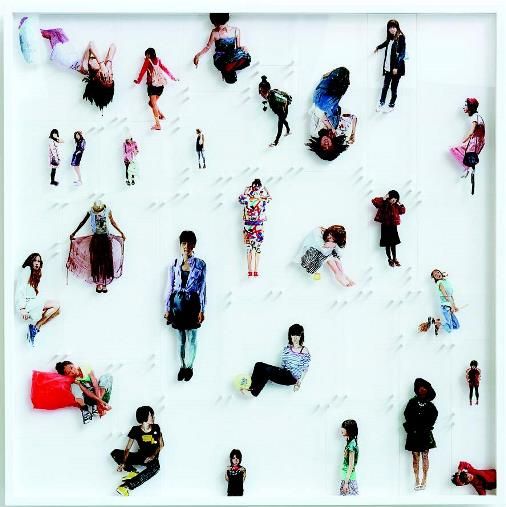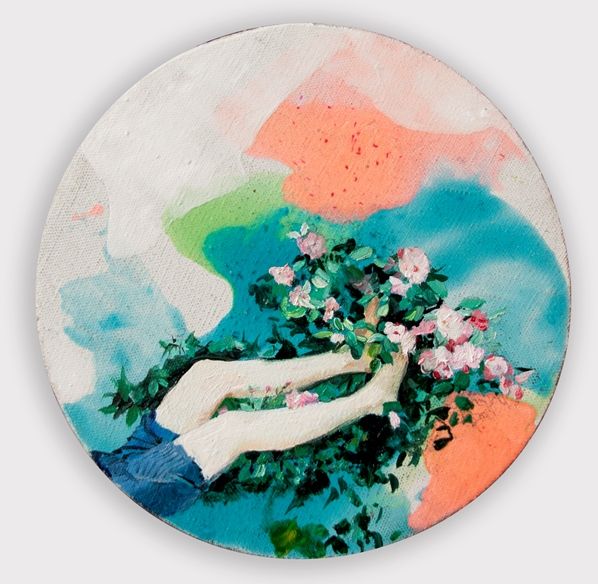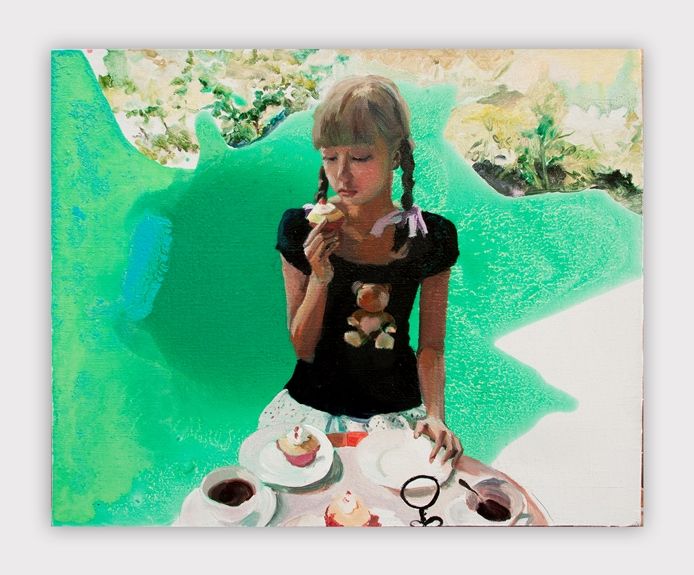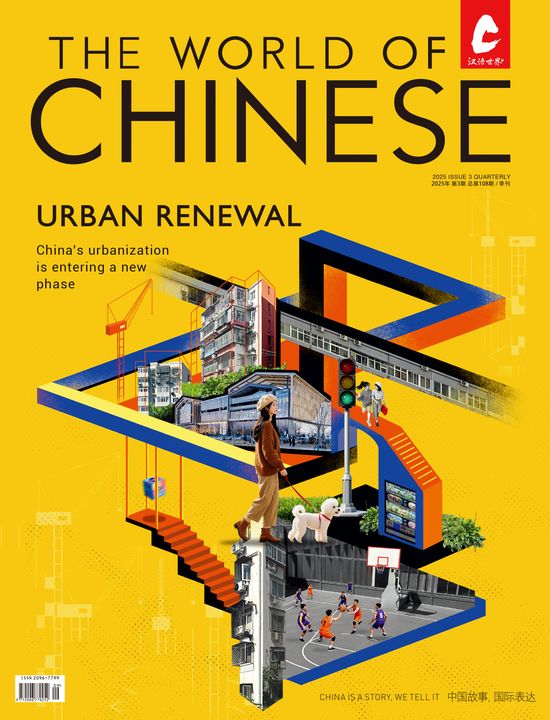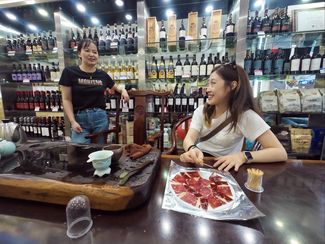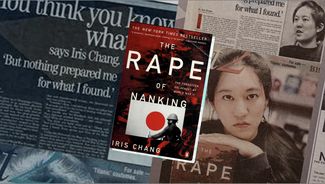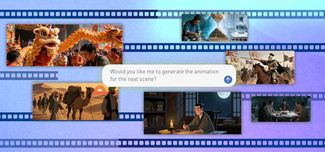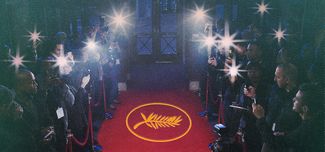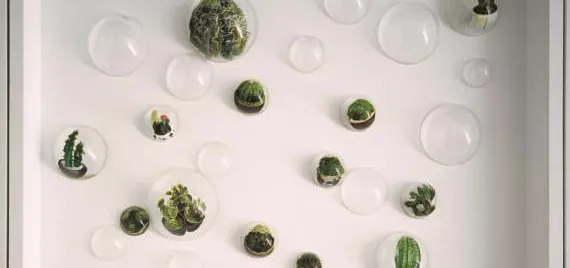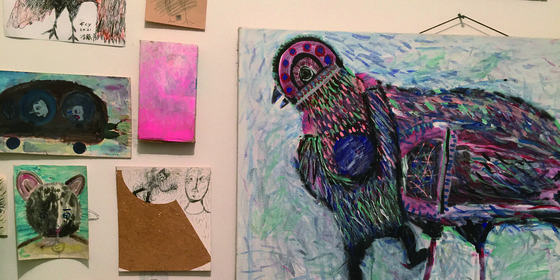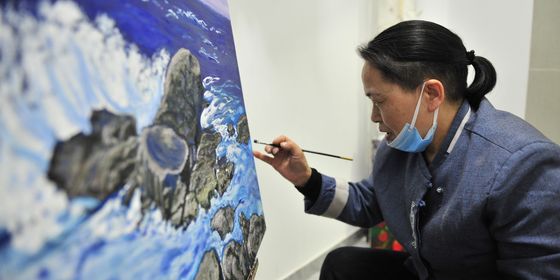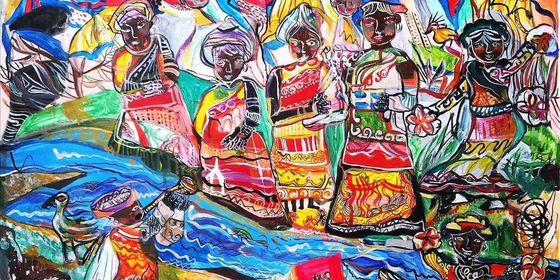An interview with artist Yuan Yuan (苑瑗), an archetypal post-80s generation artist
An interview with artist Yuan Yuan (苑瑗), a graduate from the China Central Academy of Fine Arts in 2008. Yuan Yuan is commercially successful and an archetypal post-80s generation artist. A Beijing native, she lives in the active young artist community of Heiqiao. Her works have been displayed in exhibitions in the UCCA and the Beijing Commune.
Although you majored in oil painting, your works have deviated from traditional painting. Why is that?
The four years I spent at the China Central Academy of Fine Arts taught me how to paint objectively, such as bodies on an easel, but it didn’t teach what road we’d eventually travel down as artists after graduation. I wanted to draw interesting things. One of my first works was an imitation of polaroids, still oil paintings on little squares with magnets on the back. I wanted to explore the difference between painting and photography, which could be chronological. The materials I use depend on what I want to express. For instance, at first I wanted to imitate the reflection of the object on the eyeball and recreate the spherical shape by drawing on transparent materials, but later the idea evolved into bubbles—a metaphor for Evergreen, 2008 the fragility of youth. Another work (involving bubbles) displays the contradiction between the rigidity of cacti and the fragile bubble. I think that, as an artist, I shouldn’t limit myself to a specific material or form. For me, the idea always stems from my personal experience.
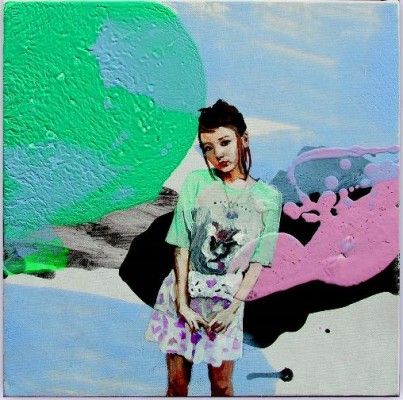
Motorcycle Team, No.1, 2011
I start by drawing the people around me. I wanted to show the settings and conditions that young women have, whether in society or in relation to themselves.
How do you think your works have evolved?
For my first few projects, I collected photos and images. Now, I’m returning to the easel and canvas to draw fragments of memory with surrealist and dream-like qualities. I draw what I see, but the painting process alters the person I see.
Why is it that your subjects are always girls?
I am a girl, I have the most knowledge about what it means to be a girl, and I am interested in these girls. Before, I took their photos by myself, but now part of my sources come from online—photos that girls post themselves on WeChat and other social media platforms. Young people like to post selfies and photos of their private life, and this topic is what I’m interested in exploring.
How is the younger generation of artists different from the older generation? Is there a “anti-Chinese” trend going on?
I feel that the older generation has a “collective memory”, with a strong emphasis on iconic symbolism. But the works of the (young) artists I know are all staggeringly different,each very individualistic. For instance, my focal point is the younger generation and the internet, and the superficiality of that. Others would do abstract paintings or sculpture. It is a new era. Now,
artists are mainly basing (their works) off of their personal experiences, minus the “collective background”. Globalization is an unavoidable trend. China is changing rapidly. I cannot even explain what China is now. We have no direct experience with the China from a few decades ago, or an even older China, so our ways are different from the artists born in the 1960s and 70s. The works of my generation of artists, I feel, are more lighthearted and personal. They are willing to explore more forms, not worried about having a “Chinese
” quality or not. The individual was way too insignificant in that era, only the personal perspective has meaning. Of course, there are different types of artists; those who specifically deal with social and political topics would need a “Chinese identity”.
So, this dreamlike quality is like an ideal, girly fairytale?
No. The “bubbles” in my previous works were not actually bubbles, just glass. They only looked like bubbles, an illusion. The girls I drew may be pretty, but (the prettiness) was illusory as well. What you see may not be what you think it is. I have talked to these girls. When they go out or take photos to upload on social media, they appear in their best state, pretty clothes and makeup, to show how wonderful their life is. Everyone is vain, after all. That state they display is fake. The more wonderful something is, the more illusory it may be, the quicker it vanishes. Visual art, I think, is about creating illusions. Even the happiness I want to share is shared via illusions.
What are your inspirations?
Memories. Personally, I like happy and light-hearted things, perhaps because I am a passionate and optimistic girl. Art is something that can affect both viewers and the creator. For me, “happy art” gives me a reason to go on, hopefully for the viewers as well.
